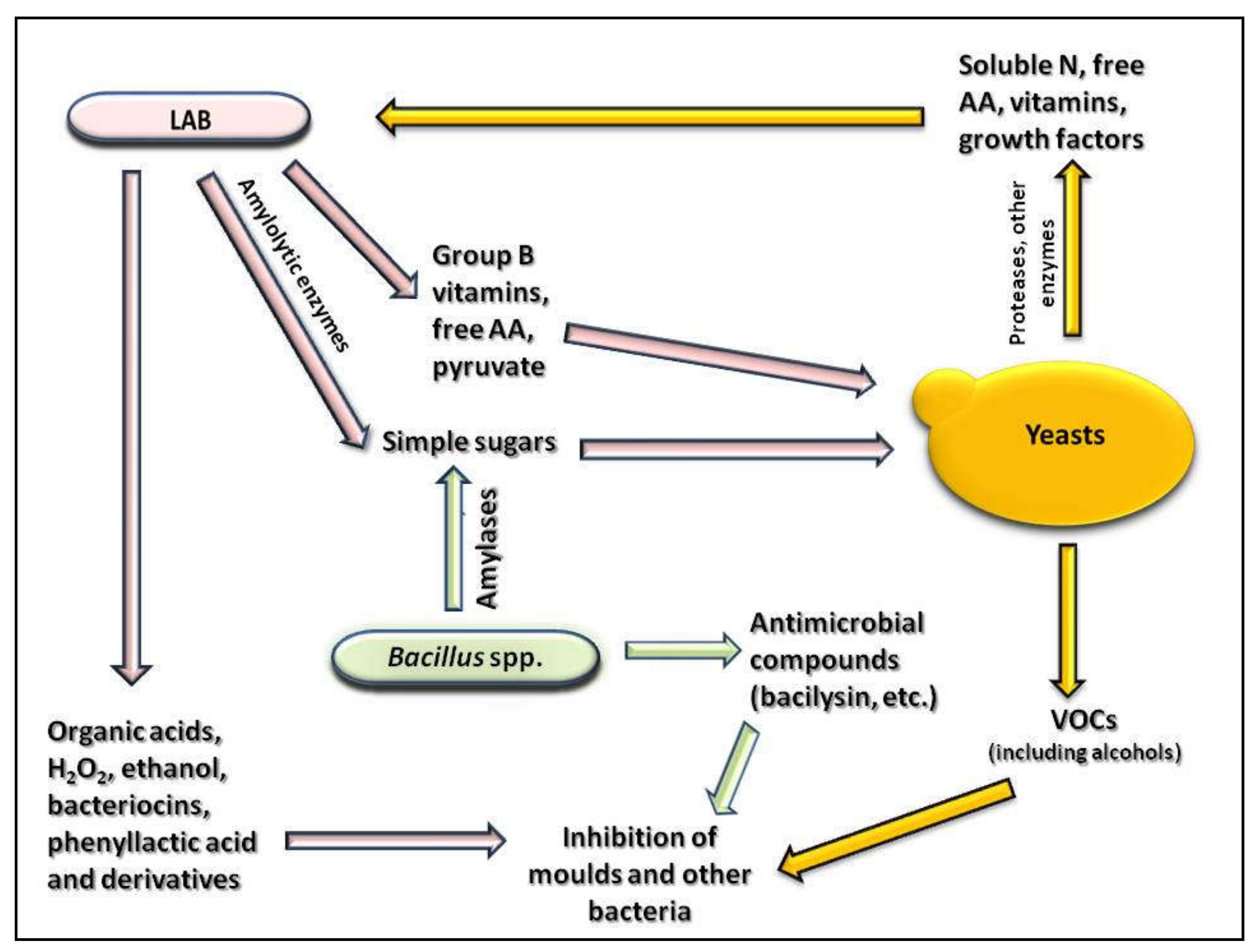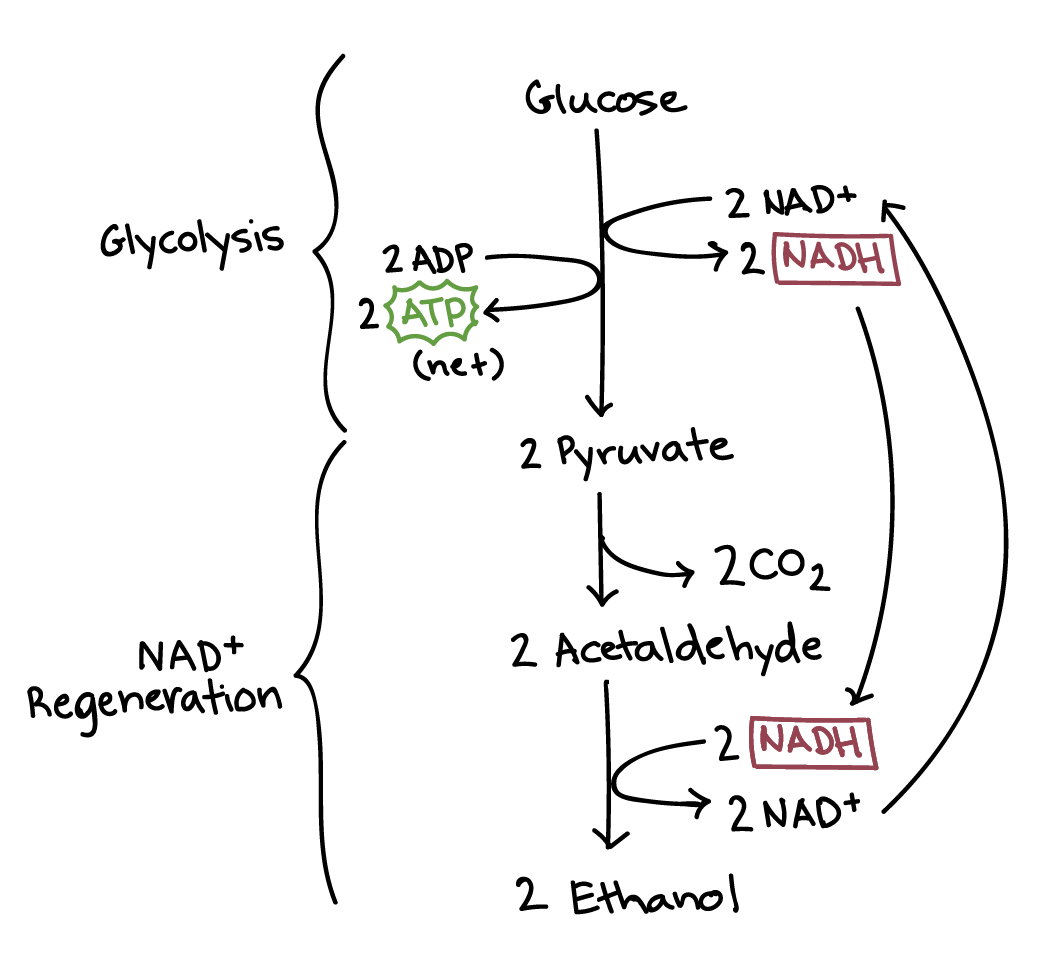Fermentation, Free Full-Text
4.7 (470) · € 21.99 · En Stock
Maize and its derived fermented products, as with other cereals, are fundamental for human nutrition in many countries of the world. Mixed cultures, principally constituted by lactic acid bacteria (LAB) and yeasts, are responsible for maize fermentation, thus increasing its nutritional value and extending the products’ shelf-life. Other microorganisms involved, such as molds, acetic acid bacteria, and Bacillus spp. can contribute to the final product characteristics. This review gives an overview of the impact of the activities of this complex microbiota on maize product development and attributes. In particular, starting from amylolytic activity, which is able to increase sugar availability and influence the microbial succession and production of exopolysaccharides, vitamins, and antimicrobial compounds, which improve the nutritional value. Further activities are also considered with positive effects on the safety profile, such as phytates detoxification and mycotoxins reduction.

Cheese, Wine, and Bread: Discovering the Magic of Fermentation in
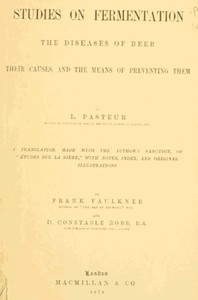
Studies on Fermentation by Louis Pasteur
Solid-State Fermentation with Trichoderma reesei for Cellulase

Fermentation 101 (Part 1): An Interview with Sandor Katz - The
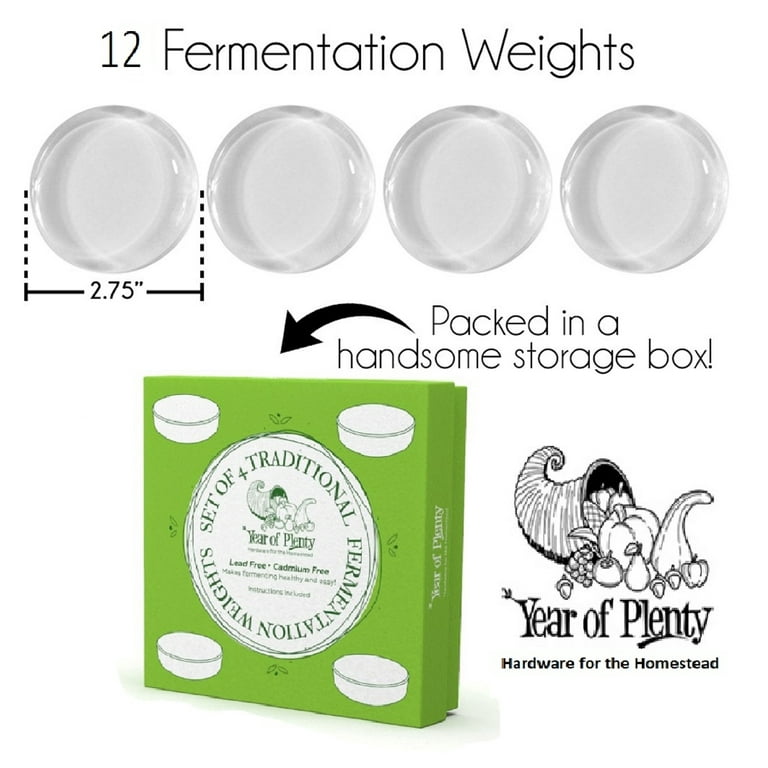
Year of Plenty Set of 12 Fermentation Weights for Use in All Wide

GFI: Alt-Protein Fermentation Tech Ramps Up With Sights Set On

Our Fermented Lives: A History of How Fermented Foods Have Shaped
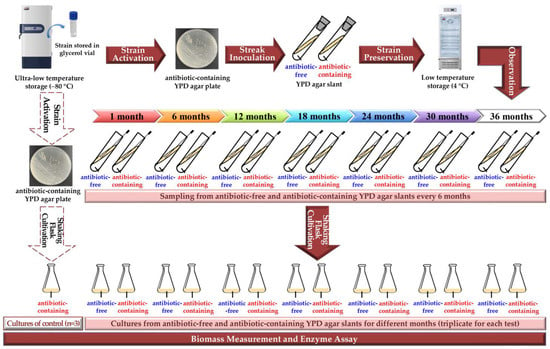
Pharmacology Experiments Software Free - Colaboratory

A New Model of Alcoholic Fermentation under a Byproduct Inhibitory

Alcoholic fermentation chemical equation Vector Image
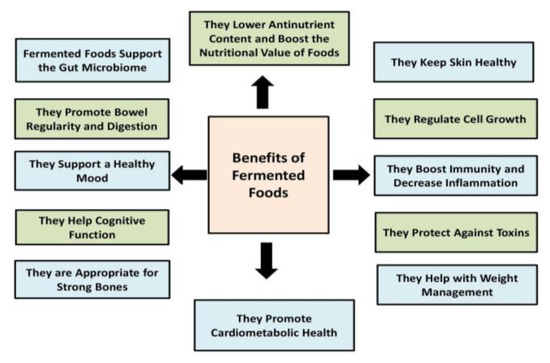
Principles Of Fermentation Technology Free Download - Colaboratory
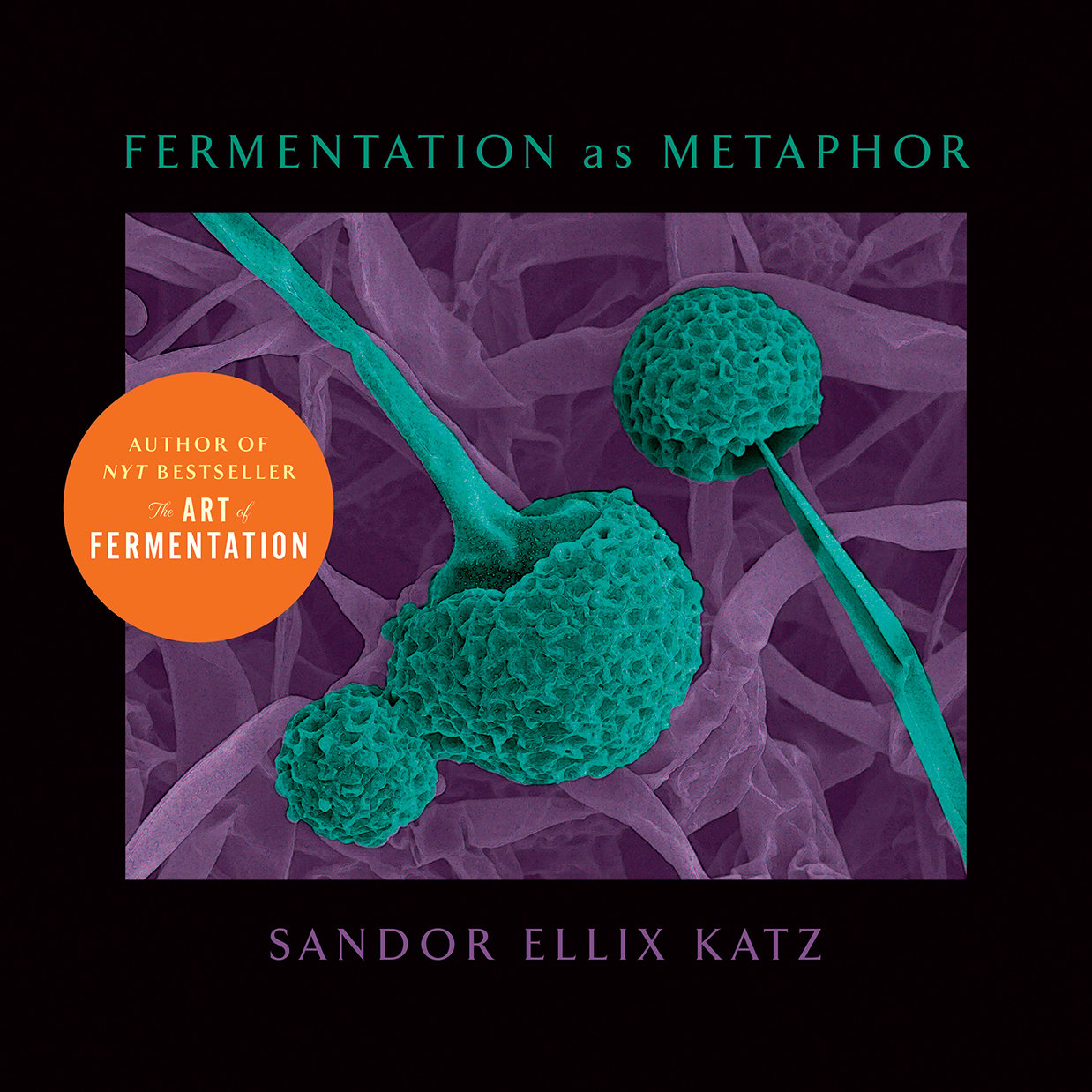
Fermentation as Metaphor - Chelsea Green Publishing
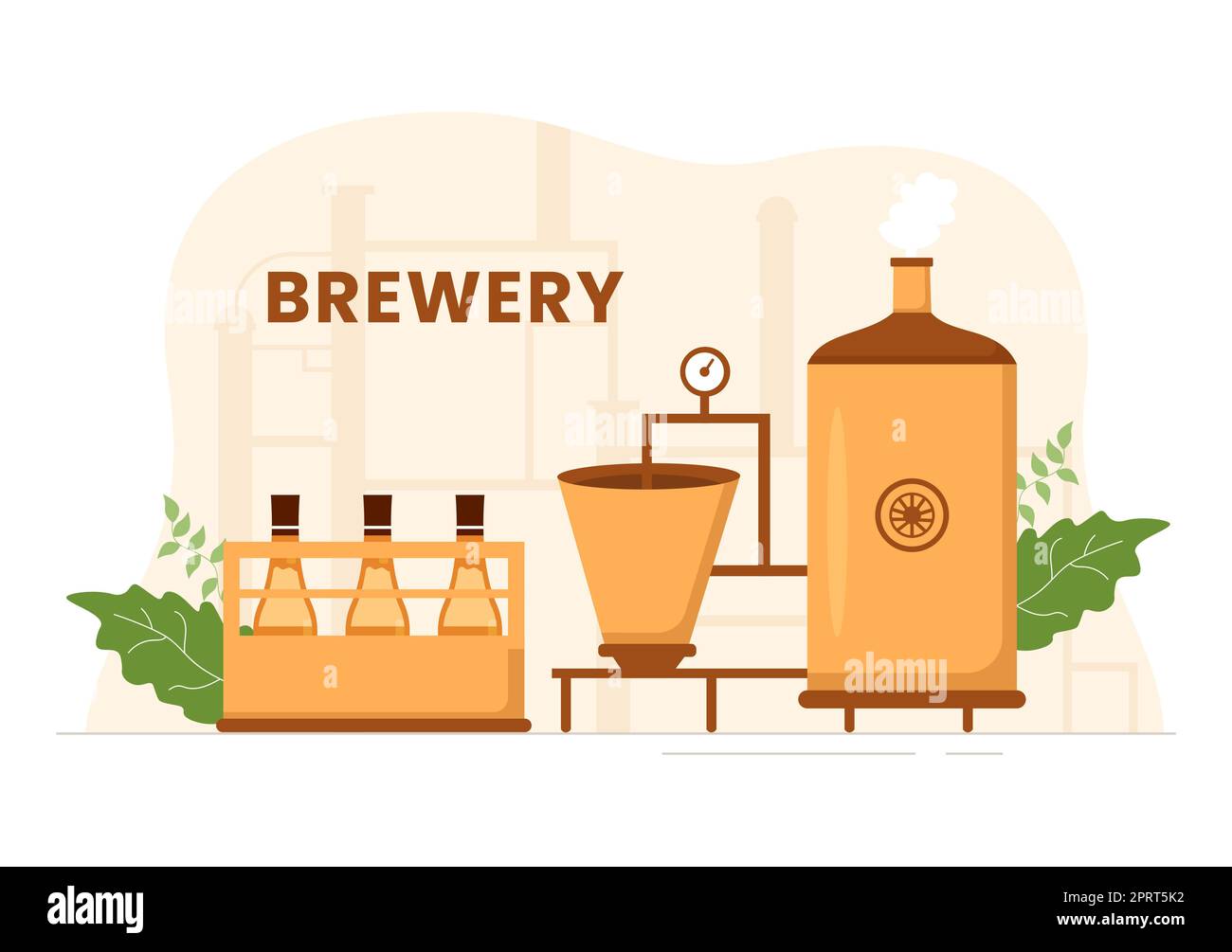
Brewery Production Process with Beer Tank and Bottle Full of






